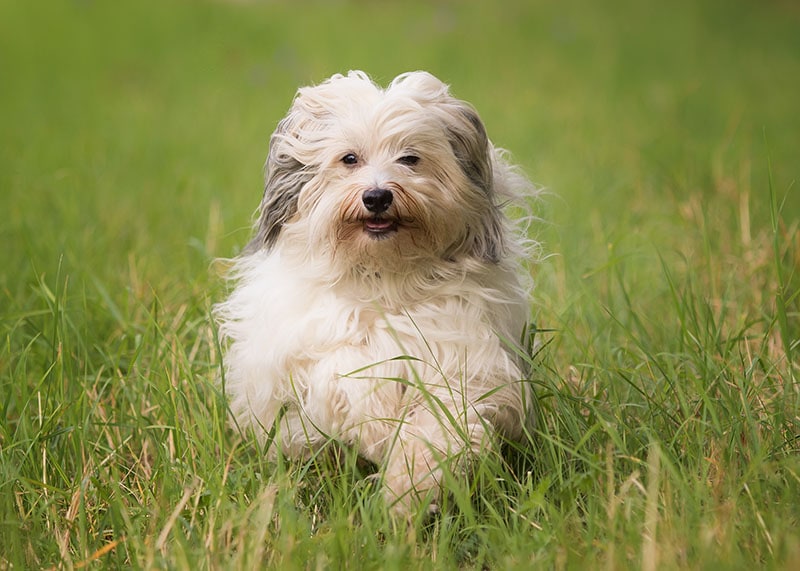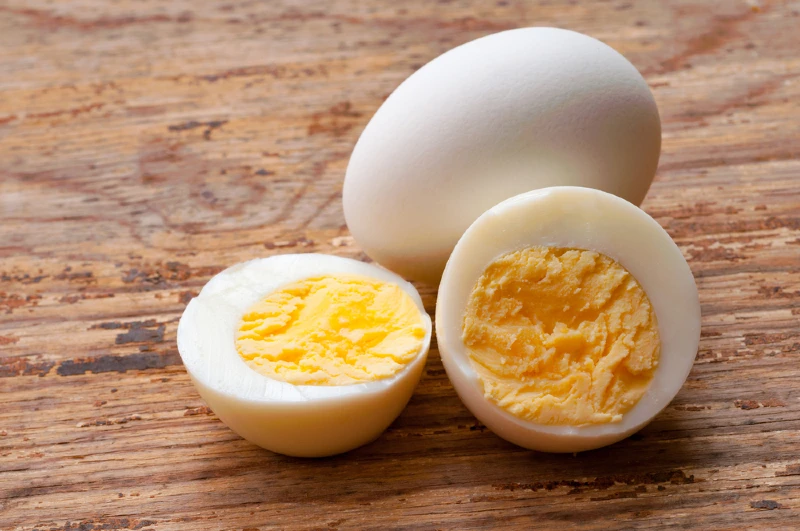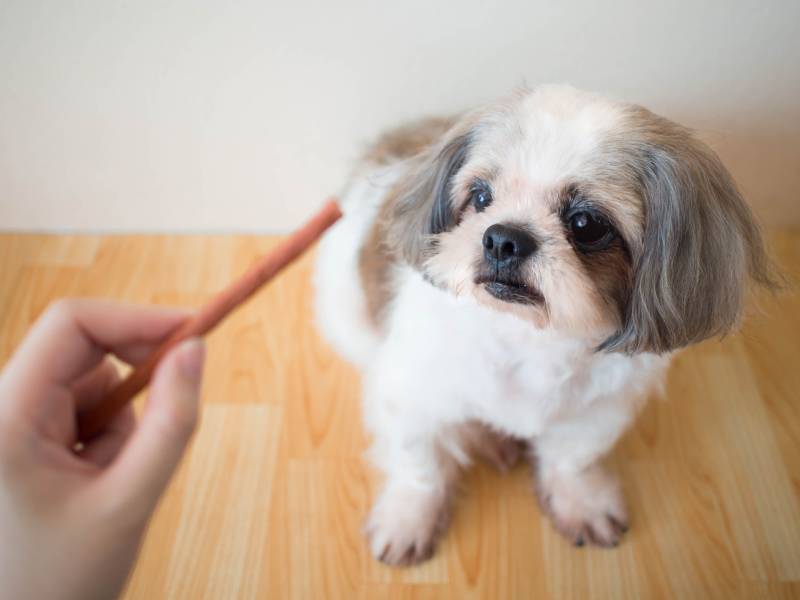Why Does My Dog Smell Like Maple Syrup? 4 Vet-Approved Reasons

Updated on
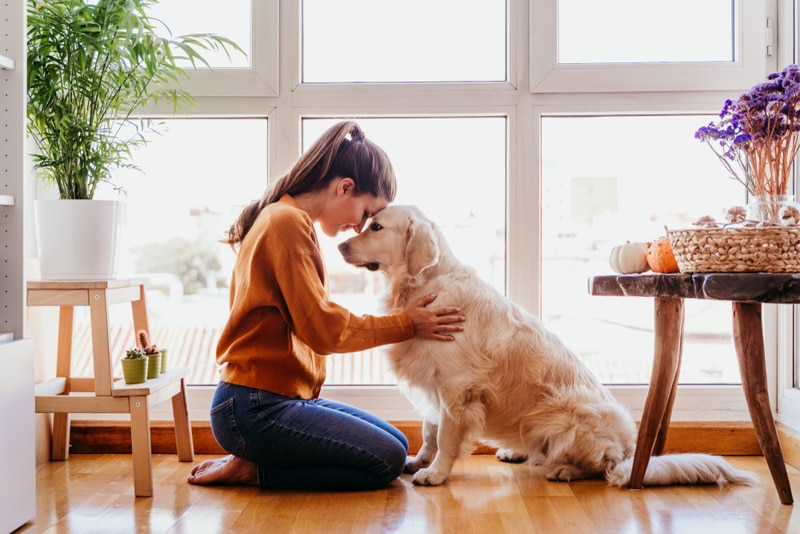
Our dogs often emit strange odors. But has your dog ever emitted the sweet scent of maple syrup? While the smell of maple syrup is nowhere near as offensive, it is unusual and may raise some concerns about what is causing your dog to smell like waffles.
It’s not as uncommon as you may think, and there is an explanation for your dog’s new scent. If your dog hasn’t eaten or rolled in maple syrup, it is likely a yeast infection or ketoacidosis, a severe complication of canine diabetes, and those are issues you don’t want to ignore. The exact reason can depend on other signs you may notice, so let’s discuss them so we can determine why your dog smells like breakfast.
The 4 Reasons Why My Dog Smells Like Maple Syrup
1. Yeast Infection
If your dog’s fur rather than their breath emits a sweet odor, a yeast infection may be to blame. Yeast infections can produce a sour or sickly-sweet odor. Yeast infections commonly occur in or around your dog’s ears or paws because these areas can easily trap moisture when wet, providing the perfect breeding ground for yeast.
Cause
A yeast infection in a dog is usually a secondary issue caused by another issue that may weaken the skin’s defense mechanism. When this happens, it allows yeast to thrive in higher numbers than usual. Yeast infections in your dog’s ears or skin are usually caused by food or environmental allergies, but other causes could be hormonal issues and other conditions that may weaken the immune system.
Signs
Other than the sweet maple syrup smell, yeast infections can cause itchy ears and skin, irritation to the area, inflammation, redness, and hair loss. If the yeast infection is more severe, the skin can often become thick and discolored—usually black, brown, or gray.
Yeast infections can also occur on a dog’s paws, causing them to lick more than usual. It is more common on the underside of the paws between the pads and can often have a brown discharge in the nail bed.
Diagnoses
Yeast infections can often be confused with ear mite infections, which are extremely itchy and may present the same signs. Your veterinarian can take a swab from your dog’s ear and look under the microscope to determine if the problems are caused by ear mites or a yeast infection.
Treatment
Treatment will vary depending on where the yeast infection is located. Prescription treatment may include an ear cleaner, antifungal cream or drops, and an oral antifungal for more severe cases. Human medications should never be used unless your veterinarian has directed you to.
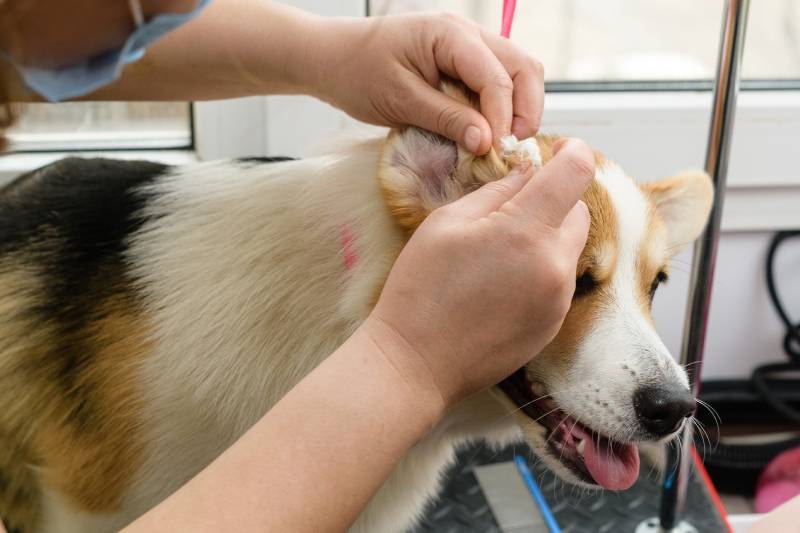
2. Ketoacidosis (Canine Diabetes)
If the sweet maple syrup smell comes from your dog’s breath, a serious complication from canine diabetes mellitus may be the reason. Ketoacidosis1 in dogs is a dangerous situation that must be treated immediately to ensure your dog’s survival.
Diabetes is an endocrine disease that causes your dog’s blood glucose (sugar) levels to increase. Canine diabetes occurs when the body fails to respond or produce enough insulin. When there is not enough insulin, the cells cannot get enough glucose. Also, the blood contains elevated glucose, which can cause damage to the blood vessels and nerves.
Diabetic ketoacidosis is one of the most serious complications that can occur in a dog with diabetes. It occurs when a dog’s sugar levels increase dangerously high and their systems start producing ketone bodies that circulate in the bloodstream and cause major metabolic, neurologic, heart, and kidney issues.
Cause
Canine diabetes can have several causes. Type I affects most dogs. Most likely, type I diabetes results from the immune system attacking pancreatic insulin-producing cells, which causes a complete or partial loss of insulin secretion.
In diabetic dogs, shortage of insulin means that glucose can’t be used by their cells and stays in the bloodstream. This causes the cells to lack their source of energy and the body responds by breaking down fat stores to provide fuel to the cells. This process produces ketone bodies which, in high numbers, can cause ketoacidosis.
Signs
Sweet-smelling or maple syrup breath is a common sign, along with:
Diagnoses
On occasions, when the common signs of diabetes have not been taken into account, veterinarians diagnose diabetes from an episode of ketoacidosis. Your vet will run some tests to understand the severity of the situation. To formally diagnose diabetes in dogs, veterinarians must find elevated urine and blood glucose levels. There are some other tests that a vet may recommend, such as:
- Blood count to identify high glucose
- Urinalysis to look for glucose in the urine
- Thyroid test
- Cushing’s testing
- Pancreatitis blood testing
Treatment
Your vet will hospitalize your dog and provide emergency treatment to decrease your dog’s sugar levels and to restore your dog’s metabolic issues. They will provide fast-acting insulin and intravenous fluids to rehydrate your dog.
Once your dog has been stabilized, your vet will start with normal insulin injections and dietary modifications, which are the foundations of treating diabetes in uncomplicated cases. Glucose is transferred from the bloodstream into the cells by insulin so that it can be utilized or stored there. Most dogs need insulin shots twice daily, and the good news is that dogs tolerate injections very well.
Diet modification is a crucial part of the management of diabetes. Prescription formulas are also available and often include a higher amount of fiber along with balanced amounts of protein, fat, and carbohydrates to help control blood sugar levels.
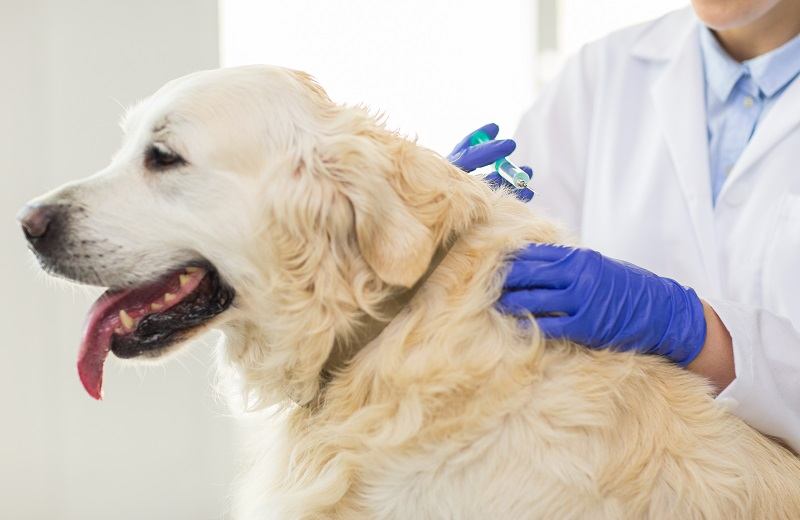
3. California Cudweed
If you have ruled out your dog eating maple syrup, a yeast infection, or canine diabetes, another cause for the maple syrup smell could come from a plant known as California Cudweed. California Cudweed, also known as California Everlasting or Ladies Tobacco, is a little plant with clusters of white blossoms and a sweet scent. It is native to the west coast of the US and can be found growing wild from California up to Washington State.
If you have this plant in your garden and your dog has decided to snack on it, it can cause their breath to smell a lot like maple syrup. Running through or rolling in it can leave a sweet scent on your dog’s fur.
While California Cudweed is not considered a toxic plant, if you suspect your dog has eaten it, it is always a good idea to call your vet.
4. Fenugreek Seeds
Another reason your dog could smell sweet and pancake-y is if they ate fenugreek seeds. The seeds have a distinct maple syrup smell.
Fenugreek seeds are used in foods and medicine. The benefits of fenugreek in dogs have not been studied but some manufacturers claim that it can improve your dog’s skin, coat, and joint health. Always ensure to check with your vet before serving fenugreek seeds to your pup.
Keeping your pet's skin and coat clean and healthy is very important, but finding a great shampoo can be harder than the actual grooming! We love our Hepper Pet Shampoos because they makes grooming so much easier. These pH-balanced formulas are made with natural ingredients like oatmeal, cucumber, and aloe. They are free of phthalates, sulfates, and soaps and very gentle on your pet's skin. Now you just need to decide which formula is best for your fur baby! Here’s a quick guide to help you choose the right option for your pet’s next bath!
Hepper Colloidal Oatmeal Pet Shampoo
Hepper Waterless No Rinse Pet Shampoo
Natural cucumber & aloe scent
Safe for cats & dogs
Rinsing required
Free of harsh chemicals & nasty ingredients
Lathers easily
Conclusion
If you have noticed a maple syrup smell on your dog, it could simply be that it has rolled in something sweet or lapped up the maple syrup from your morning pancakes. It could also be from California Cudweed that smells like maple syrup or from eating Fenugreek seeds. Those are the least concerning and least likely reasons, so if you have ruled them out, your dog may have a yeast infection or canine diabetes. If you suspect either of those reasons, it’s best to get your dog to a vet because they will need immediate attention.
Featured Image Credit: eva_blanco, Shutterstock




